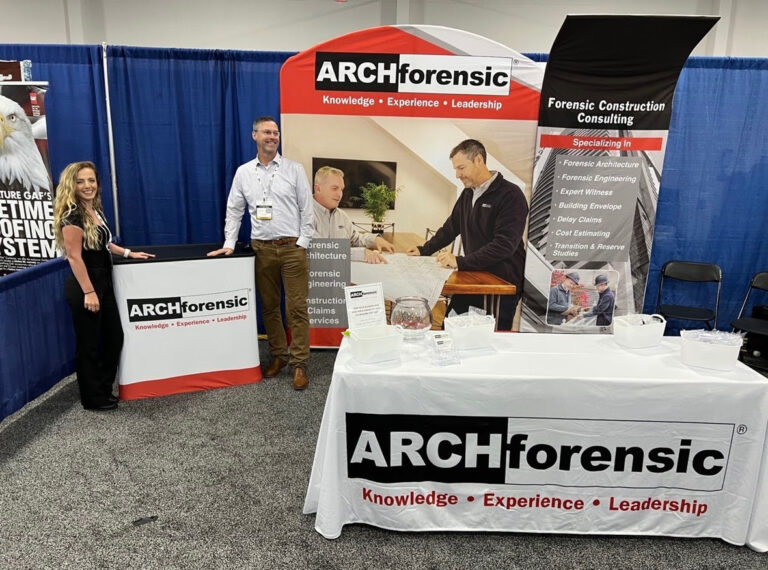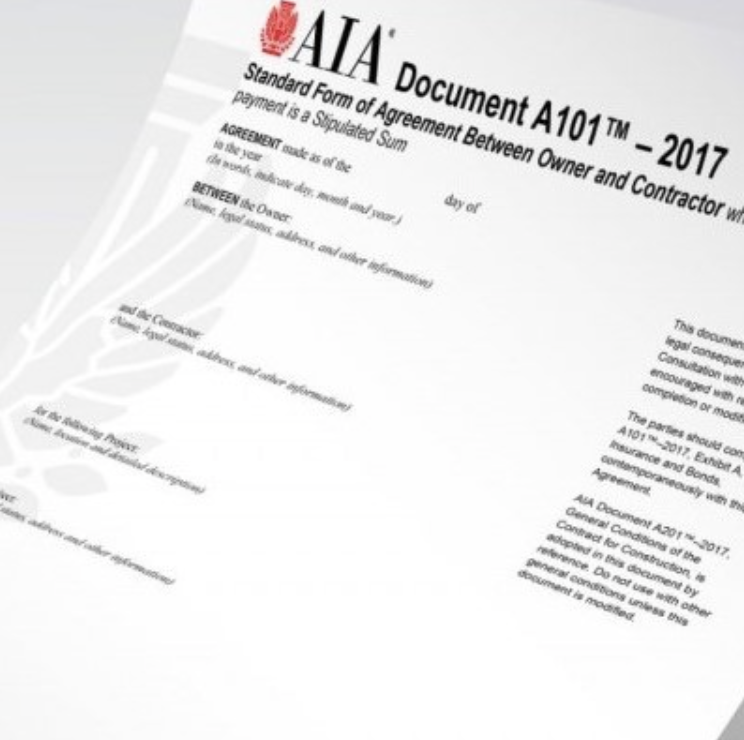By Christopher D. Ling, AIA | June 2024

The AIA recognizes that there are various ethical dilemmas, moral beliefs, and social conventions that are not regulated or legislated due to differences in consensus, conflicting opinions, and varying levels of expertise among architects. For instance, the principle related to client confidentiality. While not necessarily illegal, architects are expected to maintain the confidentiality of client information and should not disclose confidential information without the client’s consent. This commitment to confidentiality helps build trust between architects and their clients and is a standard ethical practice within the architectural profession.
Architects are most commonly judged on well-defined sources, such as their contracts and the building codes applicable to the jurisdictions where they work. Additionally, standards like the ASTM or UL provide further guidance. It is crucial for architects to be aware that the AIA promulgates the Code of Ethics and Professional Conduct for its members. The first such code was introduced in 1909, with the current code being adopted in 1986 and subsequently modified.
Consequences of Non-Compliance
Failure by AIA members to comply with the Code of Ethics and Professional Conduct can result in a range of consequences, from private or public censure to suspension or even termination of their AIA membership. Beyond these professional repercussions, non-compliance with this code can have far-reaching legal implications. I have personally observed instances where a breach of this code, revealed during a civil lawsuit, led to increased penalties for the architect being sued.
In certain cases, it was successfully argued that the actions or inaction of an architect constituted fraud, as highlighted by the Model Rules of NCARB and the AIA’s Code of Ethics and Professional Conduct. These fraudulent actions, when proven, resulted in additional damages owed by the architect. It is important for architects to recognize that if a court deems their actions as fraudulent, it can lead to heightened penalties, both professionally and legally.
AIA and NCARB Codes Compared
There are notable similarities between the AIA Code and the NCARB Code, particularly in the areas of qualifications, adherence to the law, and honesty. Let’s explore some of these shared principles:
1. Qualifications
Both the AIA and NCARB emphasize the importance of qualifications in their codes. The AIA’s Canon III, addressing obligations to the client, states that members should only undertake professional services when they, along with any engaged consultants, possess the necessary education, training, and experience in the specific technical areas involved. Similarly, NCARB’s Rule 1 focuses on competence, stipulating that an architect shall perform professional services only when they, and those they engage, have the necessary knowledge.

(Images courtesy of AIA and NCARB).
2. Follow the Law
Both codes place a strong emphasis on legal compliance. The AIA’s Canon II, which addresses obligations to the public, stipulates that members shall not knowingly violate the law in the conduct of their professional practice. Similarly, NCARB’s Rule 4 focuses on compliance with laws, stating that an architect shall not violate the law of the United States, or any U.S. jurisdiction related to their practice.
3. Honesty
Honesty is a fundamental ethical principle shared by both codes. The AIA’s Canon IV, addressing obligations to the profession, emphasizes that members, when speaking in their professional capacity, should not knowingly make false statements of material fact. NCARB’s Rule 3, which pertains to full disclosure, reinforces this principle by stating that an architect should not make statements that are misleading, deceptive, or false.
Conclusion
Ethics and professionalism are integral to architectural practice, and the AIA’s Code of Ethics and Professional Conduct serves as a guiding light for architects. Adhering to this code not only upholds our moral and ethical obligations but also safeguards our professional integrity. Architects must be vigilant in their compliance with this code, as non-compliance can lead to both professional and legal consequences. Additionally, the alignment between the AIA and NCARB codes underscores the universal importance of qualifications, legal adherence, and honesty in the field of architecture. By embracing these principles, architects can continue to shape a profession rooted in integrity, trust, and excellence.
Christopher D. Ling, AIA, NCARB, PP, LEED AP, is a seasoned construction expert with over three decades of experience. As a Registered Architect and Professional Planner, he has authored reports for 1000+ construction cases, totaling $2 billion. Founder of ARCHforensic® LLC, Ling specializes in resolving litigation claims through meticulous investigation and expert testimony.







